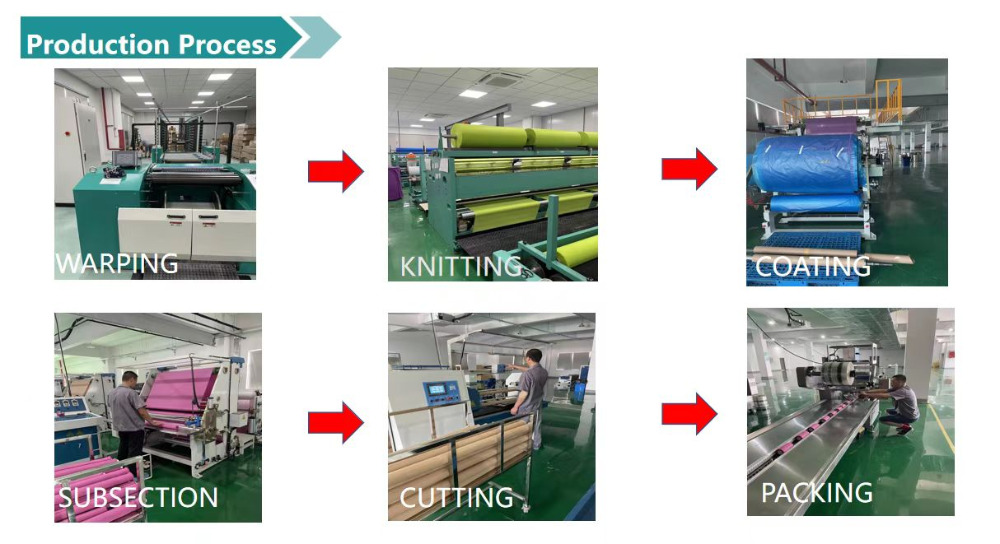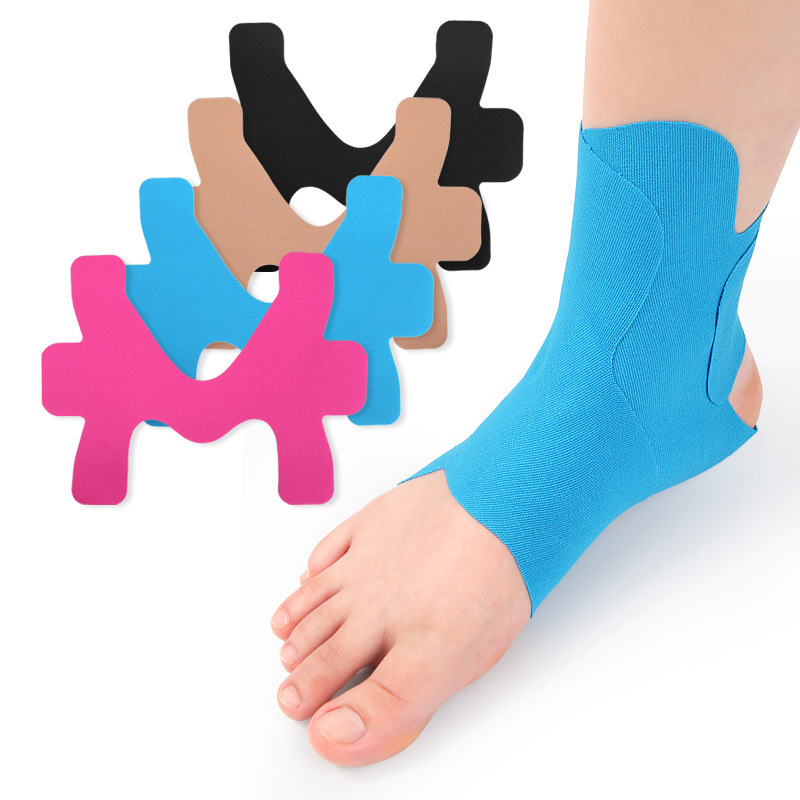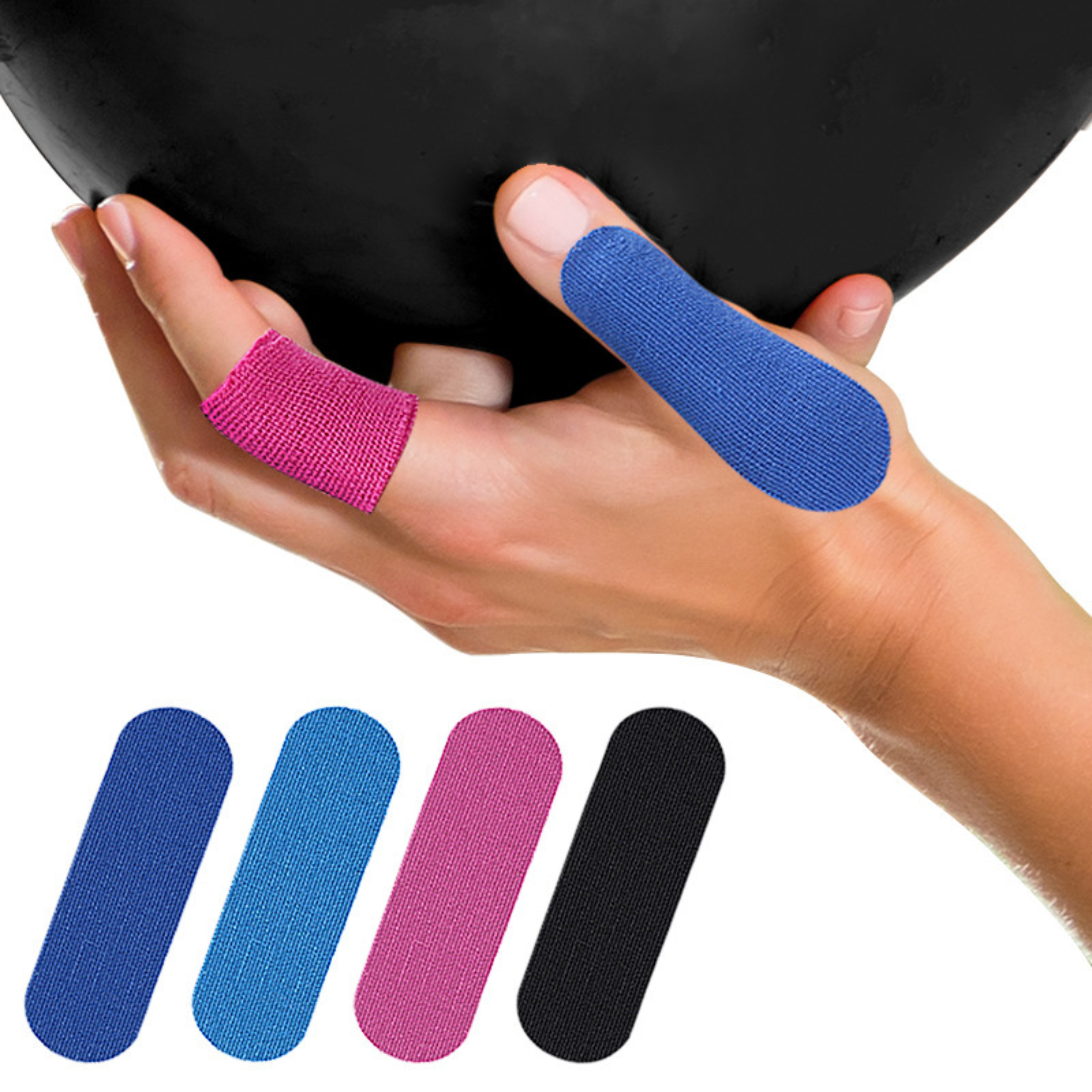News

The Unseen Engineering: A Look into the Manufacturing of Self-Adhesive Bandages
The self-adhesive bandage, a staple in modern first-aid and sports medicine, is renowned for its unique property of adhering to itself without sticking to skin or hair. This simple yet effective product is the result of a precise and multi-stage manufacturing process. From raw materials to the final packaged product, each step is crucial in ensuring the bandage's elasticity, cohesion, and usability. The production can be broken down into six key stages: Wrapping, Knitting, Coating, Subsection, Cutting, and Packing.
1. Wrapping: Preparing the Elastic Core
The process begins with the preparation of the elastic element that gives the bandage its essential stretch and recovery. Raw material in the form of small cones of spandex yarn is loaded onto a specialized warping machine. Spandex, known for its exceptional elasticity, is the ideal material for this application. The primary function of the warping machine is to transfer the spandex from these numerous small cones onto a large, single warper's beam. This step is critical for two reasons: it creates a much larger supply of yarn for efficient continuous production, and it ensures that hundreds of individual spandex ends are aligned in a perfectly parallel and uniform manner. This uniformity on the large beam is foundational, as any inconsistency here would lead to variations in elasticity in the final product. A perfectly wound beam is a prerequisite for the next stage of the manufacturing journey
2. Knitting: Integrating Elasticity into Fabric
With the large spandex beam prepared, the next step is to integrate this elasticity into a stable fabric base. This is achieved using a knitting or warp-knitting machine. In this stage, the parallel ends of spandex from the warper's beam are precisely stitched into a web of PP (polypropylene) spunbond non-woven fabric. The PP non-woven fabric provides the bandage with its structural integrity, soft texture, and breathability. The knitting process is where the magic of elasticity happens; the spandex threads are fed under tension and literally knitted into the non-woven substrate. As the combined material leaves the machine, the spandex relaxes, causing the entire fabric to contract and become elastic. The result is a wide roll of material that can stretch significantly in the longitudinal direction and then recover its original shape, all while being soft and tear-resistant. This elastic non-woven fabric now forms the core substrate of the self-adhesive bandage.
3.Coating: Creating the Self-Adhesive Property
The defining characteristic of the bandage is imparted in the coating stage. The large rolls of elastic non-woven fabric are fed through a sophisticated coating machine. Here, a thin, uniform layer of adhesive is applied to one side of the fabric. Manufacturers typically use one of two types of adhesive: natural latex rubber or a synthetic, latex-free alternative (such as acrylic or polyurethane) for users with latex allergies. The coating technology is highly precise, ensuring an even application across the entire width of the fabric. The coated fabric then passes through a long, heated drying oven to evaporate any solvents or water, leaving behind a dry, non-tacky film. This specific formulation of adhesive is engineered to be cohesive, not adhesive. This means it has a high affinity for bonding to itself but a very low affinity for other surfaces like skin, hair, or clothing. This crucial distinction is what allows the bandage to be secured firmly in place without causing pain or irritation upon removal.
4. Subsection: Determining the Length
After coating and drying, the bandage material exists as a massive, continuous roll that can be kilometers long. The "Subsection" stage, also known as rewinding, is where the continuous length of coated fabric is wound into smaller, more manageable rolls of a predetermined length. This process uses an automated rewinding machine that accurately measures the material as it is wound. The machine is programmed to stop and cut the material once a specific length has been achieved, creating a master roll of a standardized size for the subsequent cutting stage. This step is essential for inventory control, production planning, and ensuring that the final bandage rolls sold to consumers contain a consistent and advertised amount of product.
5. Cutting: Determining the Width
While the bandage now has a defined length, it is still a very wide roll. The cutting stage transforms these wide master rolls into the familiar, narrow bandages. This is done using a high-precision slitting machine. The master roll is mounted on the machine, and the wide web of material is fed through a series of extremely sharp, circular blades. These blades are positioned at exact intervals corresponding to the desired final widths of the bandages, such as 2.5 cm, 5 cm, or 7.5 cm. As the material passes through, it is cleanly and simultaneously slit into dozens of individual narrow strips. Each strip is then independently wound onto a small cardboard core. The sharpness and precision of the blades are vital to prevent fraying and to ensure clean, smooth edges on the final product.
6. Packing: Preparing for Distribution
The final stage in the manufacturing process is packing. The individually wound bandage rolls are now ready for primary packaging. This is typically a fully automated process where each roll is fed into a sealed plastic pouch, usually made of polyethylene or polypropylene. This pouch protects the bandage from moisture, dust, and contaminants, ensuring it remains clean and sterile until use. For sterile products, the packaged bandages undergo a sterilization process, such as exposure to ethylene oxide (EO) gas or electron beam radiation, after being sealed in their pouches. Finally, the individual pouches are labeled with product information, usage instructions, and expiry dates. They are then collated into larger cartons for secondary packaging, palletized, and shipped to distributors and retailers worldwide.
In conclusion, the manufacturing of a self-adhesive bandage is a seamless integration of textile engineering and chemical formulation. Each step, from preparing the spandex core to the final packaging, is meticulously controlled to produce a reliable, comfortable, and effective medical product that meets the precise needs of its users.


- ASHER.CAO:+86-176 2548 7782 Asher.cao@healthline-medical.com
- HARONJU:+86-198 5296 4937 haronju@healthline-medical.com
- DI.TIAN:+86-183 0527 6521 Di.tian@healthline-medical.com
- Tel:+86-512-6289 3223
- Mob:+86-176 2548 7782 / +86-198 5296 4937 / +86-183 0527 6521
-
Email:zhujun@healthline-medical.com
sales@healthline-medical.com
- Whatsapp / Wechat:+86-176 2548 7782 ; +86-198 5296 4937; +86-183 0527 6521
- Skype:+86-176 2548 7782 / +86-183 0527 6521
Copyright © 2025 SUZHOU HEALTHLINE MEDICAL PRODUCTS CO., LTD
All Rights Reserved.

The information provided on this website is intended for use only in countries and jurisdictions outside of the People's Republic of China.


 English
English Español
Español русский
русский عربى
عربى











